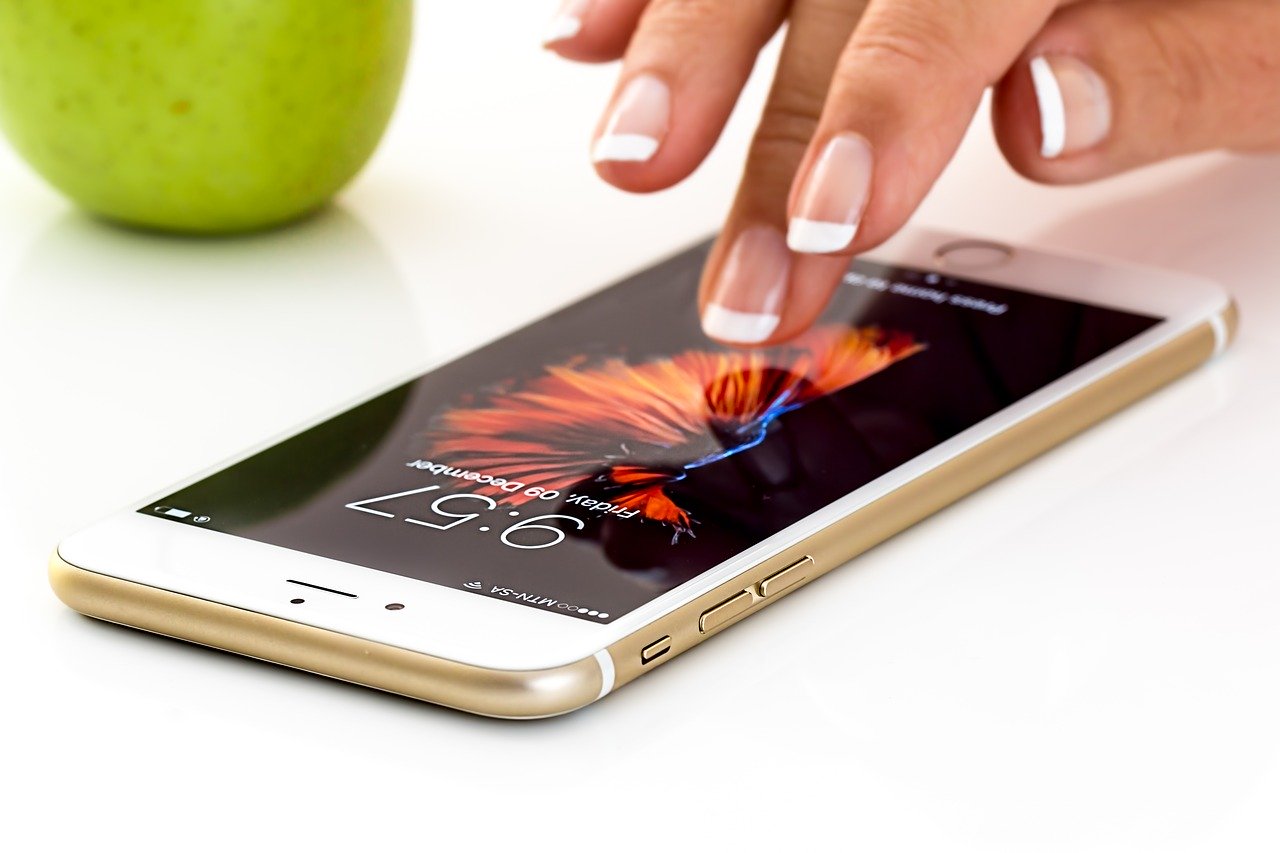Apple tries to release new mobile phones each year, and 2020 will be no different. Last year, Apple released its iPhone 11 lineup and the launch was a major success. This year, Apple is expected to release the iPhone 12 and iPhone 12 Pro around September. Here are a few details on these mobile phones and what consumers should expect.
Price
Several analysts say the new mobile phones will not see a significant price increase. Instead, the company plans to offset the cost of 5G. It is rumoured that the company will not increase the price by more than fifty dollars, and therefore the iPhone 12 should retail for approximately £800.
Battery Life
The 2020 iPhone releases could make more progress in the battery life department, thanks to improved circuit design. Apple’s battery suppliers are working on creating a new battery that is fifty per cent thinner and smaller.
Rear Cameras
The 2019 iPhone lineup had significant improvements in terms of the quality of the rear camera. If the triple-lens set up was impressive, then the new laser-powered time-of-flight 3D rear camera will blow your mind. This camera system utilises a laser to estimate the amount of time laser takes to bounce off of objects and using that data to create a precise 3D image of the area. It is said that this camera will be able to scan areas 15 feet from the device.
Display
Apple is expected to do away with LCDs and introduce OLED for its new iPhone lineup. The use of OLED will allow for a more flexible mobile phone design. The company has been using OLED displays from Samsung and is likely to continue doing so, but it will adopt another Samsung technology know as Y-OCTA that enables touchscreen circuitry to be directly patterned to the OLED panel. Production costs will be lower and this might explain why the new iPhones won’t cost much more money.
Size options
Although it is yet to be confirmed, it is suspected that Apple will offer new sizes for their phones: 5.4, 6.1, and 6.7 inches. 5.4 inches will the smallest size Apple has produced since the iPhone 4.
